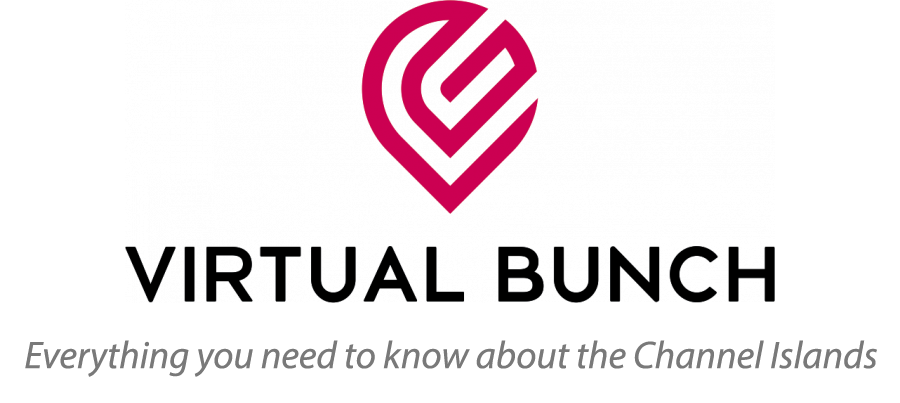
It should come as no surprise that after 2020 is done and dusted, there will be long term and significant impacts in the corporate world and office infrastructure needs. 2021 and beyond will be the dawn of a new way of working, and you can either prepare for it or ignore it.
Social distancing will last as a feature in the office until a reliable vaccination has been developed. Even then, things may not return to the way we once did work. Procedures need to be put in place to mitigate some of the risks that still remain. As this slow transition back to work happens under the threats of third or even fourth waves, company leaders need to address how to stay in business and keep their employees paid.
Leaders need to come to terms with the new office culture and function effectively to reach the organisation’s goals.
One way forward is using the hybrid working model as a part of the reimagined future of work. Combining remote and co-located work opportunities is based on a continuum that works for the organisation and the individual.
The model sounds innovative and exceptionally individualised, and responsive to the employee’s needs. But some challenges need to be overcome.
The office stands for something that few managers and leaders want to release. It’s a place where innovation and creativity can thrive. Where productivity can be monitored, collaboration can occur with ease, and staff can engage with new clients.
But all these factors need to be reimagined if businesses are going to expand and grow in the future.
The physical office needs to evolve, as well. There will require redesigning for better collaboration spaces to make the most of the time in the office together.
One of the hybrid models’ reasons is to increase social bonding, reinforce work culture, and increase collaboration. The underlying assumption is that these things can’t be done effectively outside the office. Offices and shared space have been seen as the superglue for culture and a solution for inefficiencies in communication systems and processes.
While the conventional office model has generally proven successful for many companies, it will provide considerable challenges for organisations dedicated to supporting a remote workforce. These shared spaces and processes and systems don’t easily adapt to a remote workforce. These team members will feel isolated and face constant obstacles and barriers. Significantly and adversely impacting on their performance.
Whether it is a hybrid or fully remote, success with a remote workforce requires specific changes in operations. Staying with systems and processes that made an office-based model successful will doom any remote work model. Here are some ways to combat these challenges.
Level the playing field
Remote working from home will certainly not be the best solution for everyone. Distractions and living arrangements can be significant factors that affect the quality of work delivered.
Also, some employees can’t return to the office because they have compromised health conditions or live with others who are more vulnerable, putting them at risk.
Employers can actively equalise the playing field to guarantee that all employees can thrive. Suppose a team member wants to work in an office because their home is not conducive to work. Maybe they want the social interface of a co-working space. In both of these cases, they can access that through working in a co-working space. Employers can test a variety of solutions to tackle the different needs and concerns of their staff. They can give a sum for their home workspace set up and reimburse co-working memberships for additional flexibility.
Another way of levelling the playing field is if some team members work remotely. If there needs to be a team meeting, they all connect from their individual work desks. This mitigates the problem of remote workers being isolated from the side conversations that inevitably happen during meetings.
Empower the leaders
Traditionally, face to face communication has been how leaders connect, motivate, and communicate with their staff. While some leaders will instinctively adjust to their position’s virtual setting, some will benefit from training to develop their skills. This training should develop appropriate online communication, coaching and mentoring, and successful management hybrid and remote teams.
Organisations should also recognize leaders who are innovating with different tools, procedures, and approaches to successfully manage their teams. They can then procure them to mentor other leaders to optimise the efficacy of remote working.
Continue Supporting
During the pandemic’s height, many employers developed programs and structures to support staffs’ physical and mental health and foster closer collaboration while being socially distanced. With the shift to hybrid work, this is not the time to let this wane. The potential costs of burnout in the remote worker real. Employers need to keep their eye on developing employee wellness policies.
They can also block out meetings and communication free times, so they can accomplish non-deadline work when it best suits their schedule.
The COVID-19 crisis has pushed organisations into an extraordinary and unexpected experiment in remote and hybrid work. By the time coronavirus has receded, and a vaccine is in place, the world of work will have changed forever.
The obstacles and challenges we face are real. But so are the opportunities that have arisen from this pandemic. Organisations that create a level playing field for all workers, irrespective of their situation, empower frontline leaders to support their teams, and continue to care for employees will be the front-runners to win the future of work.
Learn more about managing remote teams in the following article: How to Keep your Team Productive while Working Remotely



